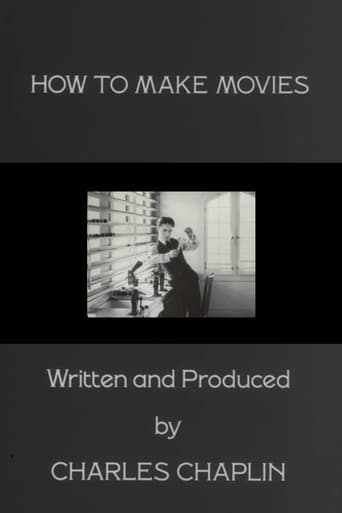Horst in Translation ([email protected])
"How to Make Movies" is a 16-minute live action short film from 1919, so only one more year until this one has its 100th anniversary. Maybe when you read this review, it is already over a century old. This one is written by, directed by and starring Charlie Chaplin and it falls into the category of film about film because the master takes us on a journey through life in the film industry. And as much as the creation process is vital, playing golf is an essential component too. The cast includes the likes of Purviance and Campbell, longtime Chaplin collaborators, so those who not only enjoy Chaplin, but also his supporting cast members may want to check this one out especially. Of course, it is a black-and-white silent film. Sadly, I myself was not too well-entertained here. In the first half it almost felt more informative than funny to be honest to see how people saw the film industry a century ago. Chaplin's routine isn't necessarily bad and this film is not a failure by any means, but I have seen wittier, funnier and better in general by him on many occasions, in terms of both writing and performing. By then, he was an icon already, but there is nothing iconic about this movie we have here. I give it a thumbs-down.
